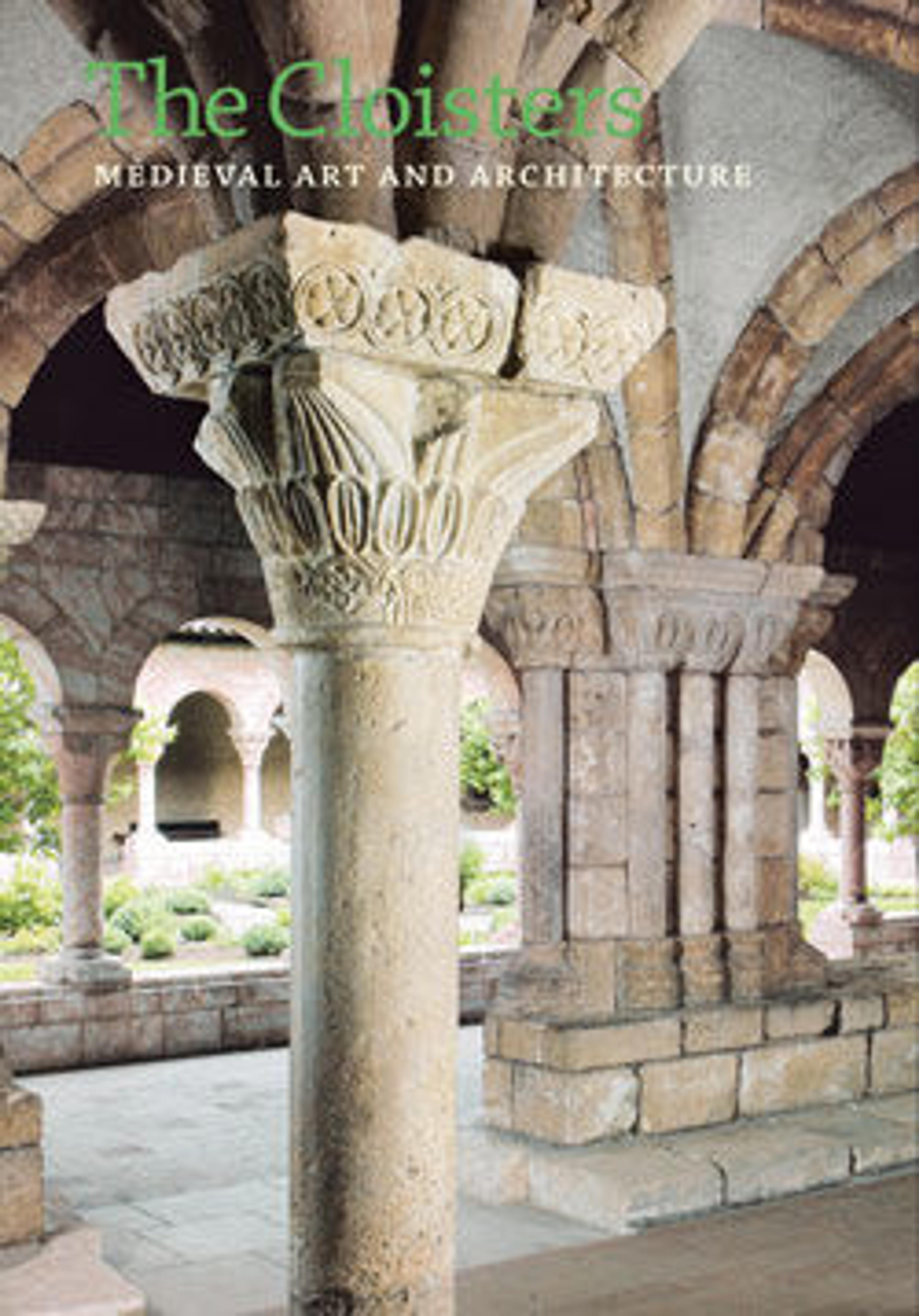Kneeling Angel
This elegant angel was originally part of a group of statuettes depicting either the Annunciation to the Virgin or Christ as the Man of Sorrows; if the latter, the angel's crossed hands may have held Instruments of Passion. The angel's refined features, the loose curls of long hair, and the fluid treatment of the folds in the thin drapery recall a group of alabaster sculptures from a retable with the Crucifixion and the Twelve Apostles formerly in Santa Maria delle Grazie, Rimini- Covignano (now in the Städtische Galerie Liebieghaus, Frankfurt). The anonymous artists responsible for the ensemble probably worked in the Burgundian Lowlands or the Rhineland, but, as the Rimini altar suggests, they appear to have produced many sculptures in alabaster for export. The personal style of the Rimini Master is closely linked to the widespread, so- called International Gothic style of about 1400, seen in this and many other alabaster statuettes of the first half of the fifteenth century.
Artwork Details
- Title:Kneeling Angel
- Date:ca. 1430–40
- Geography:Made in Burgundian territories or Rhineland
- Culture:South Netherlandish or German
- Medium:Alabaster
- Dimensions:14 1/2 x 3 3/4 x 8 3/4 in. (36.8 x 9.5 x 22.2 cm)
- Classification:Sculpture
- Credit Line:The Cloisters Collection, 1965
- Object Number:65.215.3
- Curatorial Department: Medieval Art and The Cloisters
More Artwork
Research Resources
The Met provides unparalleled resources for research and welcomes an international community of students and scholars. The Met's Open Access API is where creators and researchers can connect to the The Met collection. Open Access data and public domain images are available for unrestricted commercial and noncommercial use without permission or fee.
To request images under copyright and other restrictions, please use this Image Request form.
Feedback
We continue to research and examine historical and cultural context for objects in The Met collection. If you have comments or questions about this object record, please contact us using the form below. The Museum looks forward to receiving your comments.
